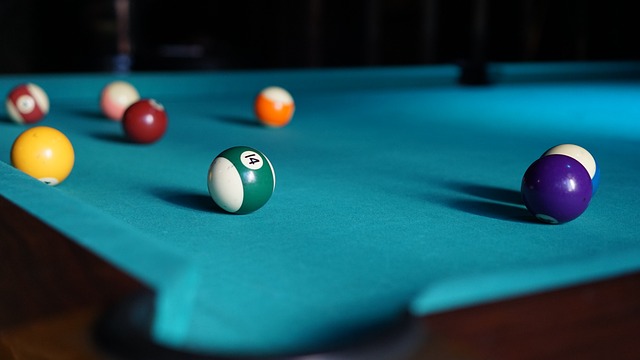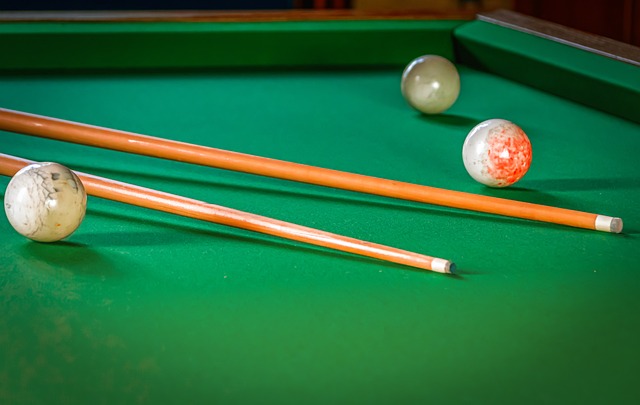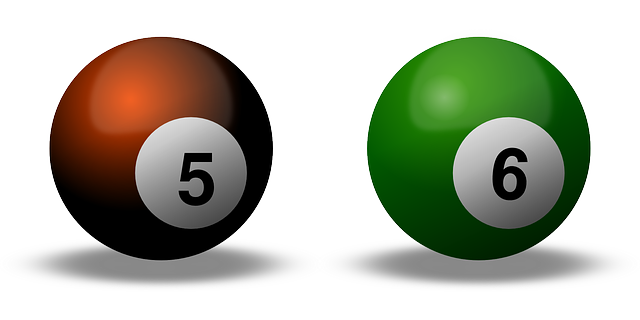Pool tables vary in weight, depending on their construction materials and size. The tabletop, typically wood, must be dense for stability. Metal or wooden legs and frames provide structural support, with metal offering superior strength. A standard 8-foot table weighs 600-900 pounds (272-408 kg), while larger tables can exceed 1,000 pounds (453 kg). Understanding these components answers the question: "How heavy is a pool table?"
A pool table isn’t just a game of skill; it’s a precision instrument designed for optimal play. So, what makes these tables so heavy? In this article, we explore the intricate components that contribute to a pool table’s weight, delving into the materials used, construction techniques, and the profound impact of size and scale. Understanding these factors reveals why a standard 8-foot table can weigh up to 600 pounds—a true testament to their sturdiness and quality. By the end, you’ll grasp the science behind the weight and know how heavy a pool table truly is.
- The Components of a Pool Table: Weighing the Parts
- Materials and Construction: Factors in Weight
- Size and Scale: How Dimensions Impact Weight
The Components of a Pool Table: Weighing the Parts

A pool table’s weight is significantly influenced by its components, each playing a crucial role in the overall structure and stability. Let’s break down the key parts:
1. Table Top: This is often made of wood, with specific types like slate or MDF offering varying levels of density and durability. The table top forms the playing surface and must be sturdy to withstand constant use without warping or deforming. Its weight can significantly contribute to the overall mass of the table.
2. Legs and Frame: Typically constructed from metal or wood, these components provide structural support and keep the entire structure intact. Metal legs, especially those made from steel, offer exceptional strength and stability, ensuring the table remains level during play. The frame’s design and material choice are vital in determining the overall weight distribution of the pool table.
Materials and Construction: Factors in Weight

Pool tables are known for their sturdy construction, and that’s no surprise given how much they weigh. The weight of a pool table is primarily determined by two factors: materials used and construction methods. Modern pool tables are typically made from a variety of heavy-duty materials to ensure durability and stability.
The most common material is solid wood, especially for the frame. Oak, maple, and mahogany are popular choices due to their strength and aesthetic appeal. The playing surface usually consists of several layers: a smooth, tightly woven fabric (often made from wool or synthetic fibers), a layer of rubber, and sometimes a metal or wooden backing. These additional layers contribute significantly to the overall weight, especially as the table’s size increases. Additionally, the pockets, cues, and other accessories further add to the overall mass, making pool tables anything but light—a testament to their sturdy design intended for years of play.
Size and Scale: How Dimensions Impact Weight

Pool tables come in various sizes, and as their dimensions increase, so does their weight. A standard pool table, measuring around 8 feet in length, typically weighs between 600 to 900 pounds (272–408 kg). This substantial weight is primarily due to the table’s construction materials—a sturdy frame, a thick slate playing surface, and robust legs.
The scale of larger pool tables can easily exceed 1,000 pounds (453 kg) or more. These massive tables, often found in professional settings or high-end recreational centers, feature longer play areas, thicker slate, and reinforced structures to support the increased size and weight, ensuring a stable and durable playing experience.
A pool table’s substantial weight, often exceeding 600 pounds, stems from its intricate construction and durable materials. The combination of solid wood, sturdy legs, and the exacting precision in assembly contribute to its heft. Understanding these factors sheds light on why knowing “how heavy is a pool table?” is essential for proper installation, transportation, and ensuring a robust playing surface.
